ORCR Annual Accomplishments
The mission of EPA’s Office of Resource Conservation and Recovery is to protect human health and the environment by promoting resource conservation, ensuring proper waste management, preventing harmful exposure, and overseeing the cleanup of land for productive use. We do this by establishing and implementing regulatory standards, incentive-based programs, and best practices in collaboration with communities, governments, businesses, and other organizations. ORCR implements the Resource Conservation and Recovery Act.
-

We announced over $100 million to expand recycling infrastructure and waste management systems. We selected 25 communities to receive grants under the newly created Solid Waste Infrastructure for Recycling funding opportunity. We announced 59 selectees in SWIFR grants for Tribes and Intertribal Consortia and 25 selectees in Recycling Education and Outreach grants.
-

We published "Creating Disaster-Resilient Buildings to Minimize Disaster Debris" to provide actions for communities to improve buildings to withstand natural disasters.
-
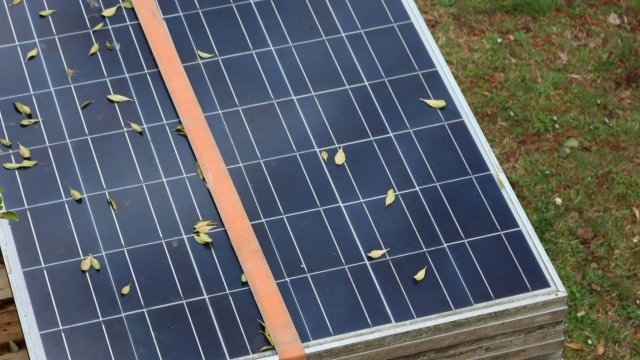
We published frequently answered questions about how to identify and safely manage solar panels that are hazardous waste, and how the hazardous waste regulations apply when recycling and reusing solar panels.
-
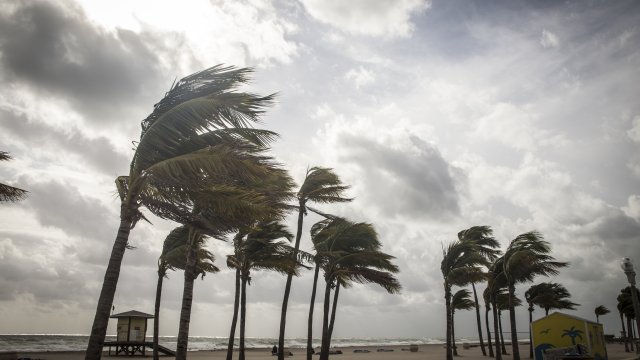
We published two memos for incorporating disaster resilience considerations into the hazardous waste permitting and PCB approval processes. These memos provide guidance to permitting authorities and include recommendations for conducting vulnerability screenings and assessments.
-
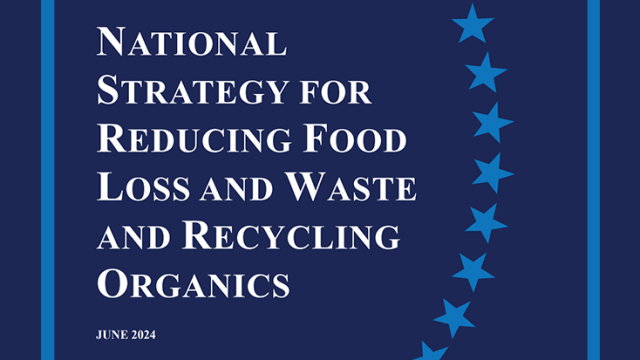
EPA, USDA, and FDA published the “National Strategy for Reducing Food Loss and Waste and Recycling Organics.” The goal is to prevent the loss and waste of food, increase recycling of food and other organic materials, reduce greenhouse gas emissions, save households and businesses money, and build cleaner, healthier communities.
-

We published the "Draft National Strategy to Prevent Plastic Pollution" for public comment and received over 91,000 comments.
-

We finalized changes to the coal combustion residuals (CCR) regulations for "legacy CCR surface impoundments." This rule will reduce incidents of cancer from the consumption of arsenic in drinking water, avoid IQ losses from mercury and lead exposure, improve water quality, and protect endangered species.
-
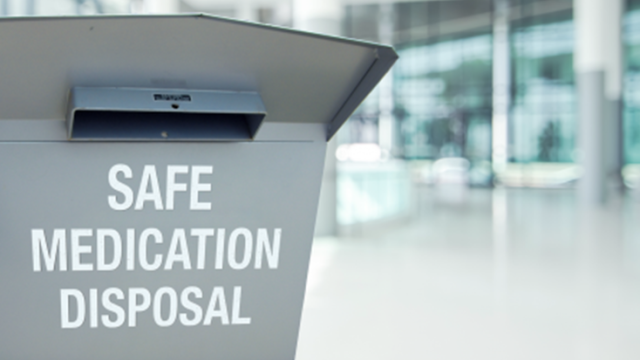
We launched a website to provide information to households about how to properly dispose of leftover medications. This new site helps people understand why proper disposal of household medication is important.
-
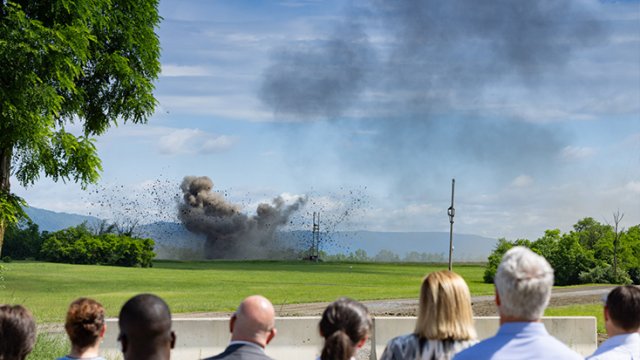
We published a proposed rule to improve the requirements for evaluating and implementing safe and available alternatives for waste explosives. We developed tools to assist permitting authorities in reviewing alternative technology evaluations and provided site-specific assistance to several EPA regions, states, and territories.
-

We hosted a series of working sessions to increase battery recycling. These sessions included broader discussions on small-format consumer electric and portable batteries along with more focused conversations about mid-format and large-format batteries, including those for e-bikes and e-scooters, vehicles, energy storage, and industrial uses.
-

We published a proposed rule to add nine PFAS compounds as RCRA hazardous constituents. With this proposal, we are protecting communities by strengthening our ability to address PFAS contamination under the RCRA cleanup program. We also proposed clarifying EPA’s regulatory authority to address releases of non-regulatory hazardous waste through corrective action permit conditions.
-
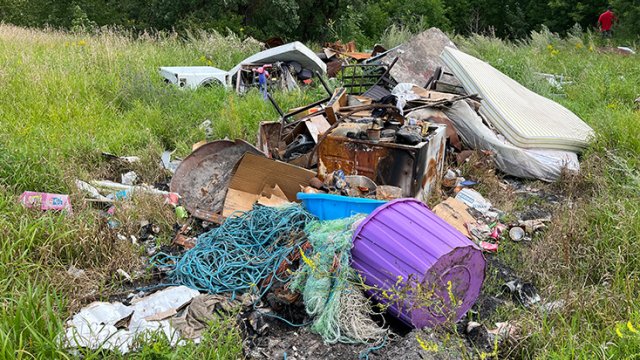
We oversaw 15 projects focused on community-specific concerns. These initiatives provided resources for regions to incorporate these considerations into their work.
-

Through our Community Engagement and Technical Assistance Program, we implemented nine community-driven projects, providing access to support, resources, and information through a neutral third party.
-
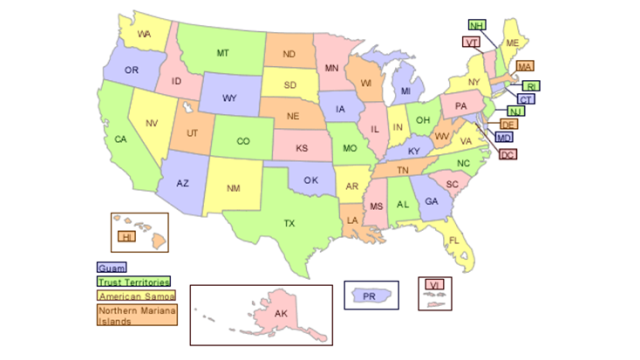
We provided states with grant funding to address hazardous waste management. We also supplied data, guidance, and checklists as well as technical assistance to the regions and states as they worked toward their regional performance goals.
-
Letter from ORCR's Director
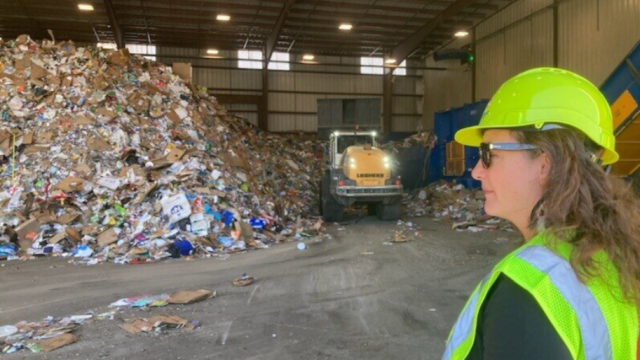
Carolyn Hoskinson reflects on the amazing work ORCR accomplished in fiscal year 2024.
-
Safely Managing Hazardous and Solid Waste
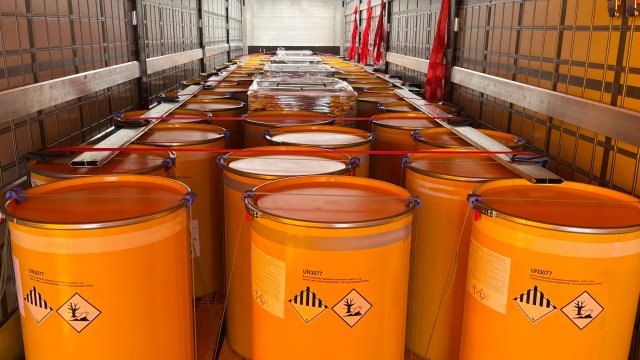
Protecting the environment and public health through our waste management work on coal ash, disaster resilience, PFAS, PVC, and hydrofluorocarbons, international collaboration, imports and exports, solar panels, and pharmaceuticals.
-
Collaborating with Communities, Tribes, States, and Federal Agencies
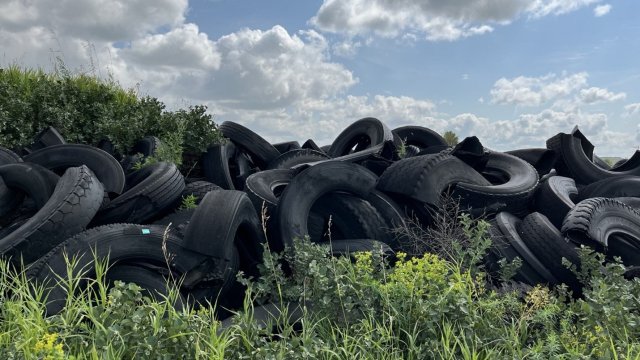
Protecting the environment and public health through our work on RCRAInfo, e-Manifest, community engagement, hazardous waste cleanup and permitting, open burning/open detonation (OB/OD), PCBs and emerging contaminants, open dumps, climate change adaptation, and our collaboration with Tribal Nations on their waste management systems.
-
Providing Programmatic Support

Supporting ORCR's mission through economic and risk analysis, travel coordination, budgeting, human resources, information technology, facilities, and communications work.
-
Advancing Recycling Infrastructure and Conserving Resources
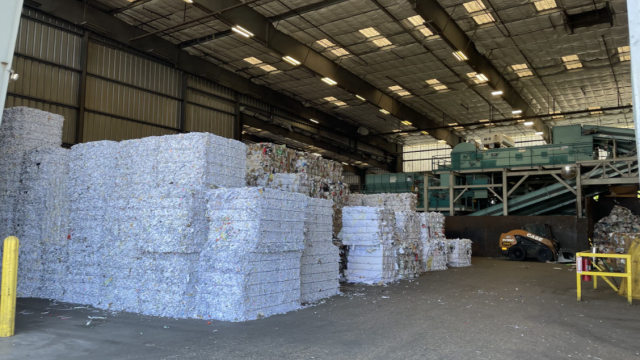
Strengthening the nation’s recycling infrastructure and creating jobs for communities across the country through our work on batteries, plastic pollution, financial needs assessment, food loss and waste prevention, recycling grants, and the Waste Reduction Model.
-
Previous Accomplishments
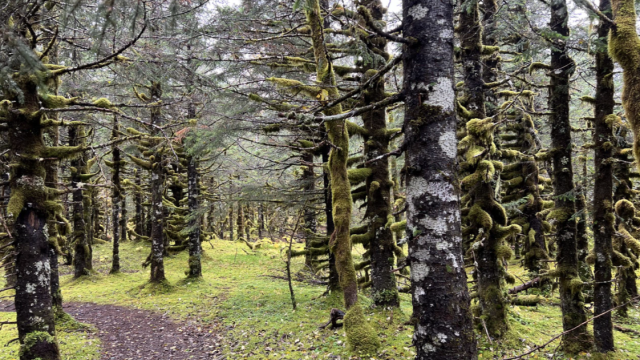
Check out ORCR's FY2023 and FY2022 Accomplishments Reports.
